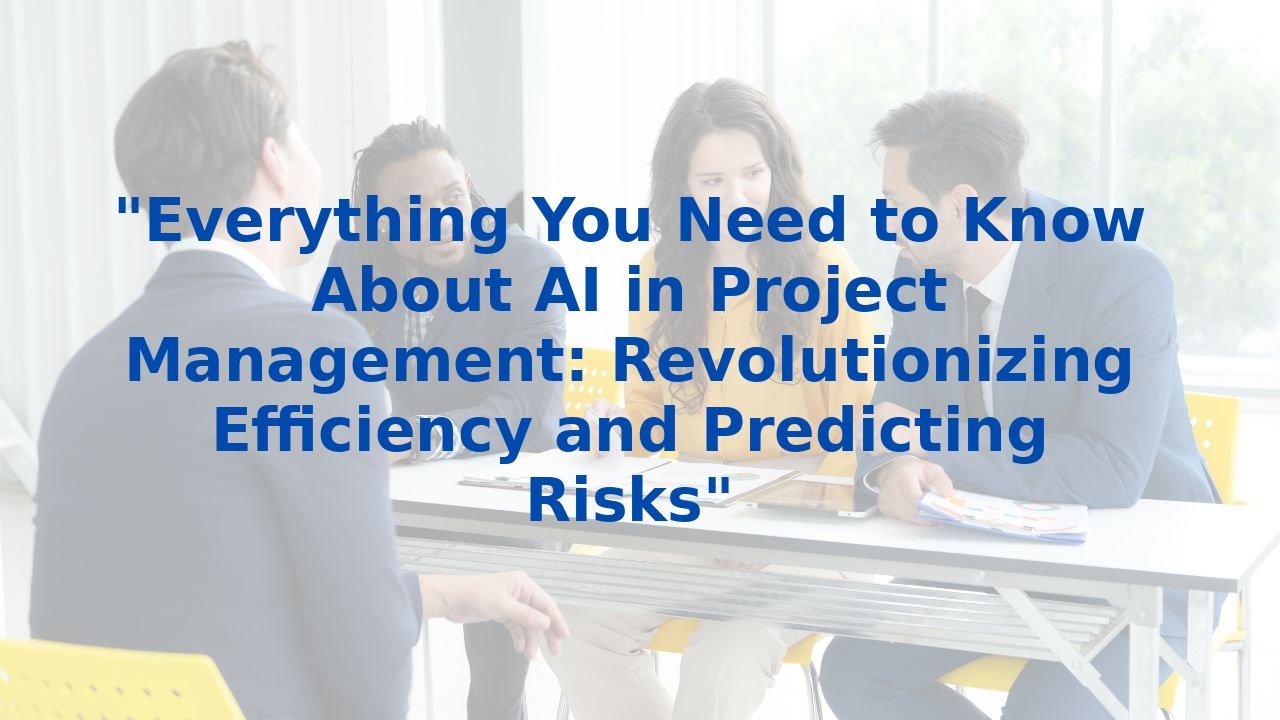Everything You Need To Know About POCs, Prototypes, and the Power of AI in Product Development
The Power of POC and Prototypes in Product Development
In the rapidly evolving landscape of product development, entrepreneurs and innovators often grapple with transforming their ideas into tangible solutions. Two pivotal concepts that bolster this journey are Proof of Concept (POC) and prototypes. Grasping their differences, advantages, and roles can be transformative not just for individual startups, but for entire businesses aiming to innovate and streamline processes. Let’s delve into how integrating AI into these elements can bolster efficiencies across the board.
Understanding POC and Prototypes
At first glance, a Proof of Concept (POC) and a prototype may seem interchangeable, but they serve distinct purposes in the product development lifecycle. A POC is essentially a demonstration to validate an idea or concept — it shows that a certain idea is feasible. It lives in the realm of theoretical exploration, aimed at reducing risks before major investments are made.
On the other hand, a prototype is a preliminary version of a product, crafted for testing and feedback. This functional model is more focused on the usability and functionality of the design. While a POC might use simple mockups or presentations, a prototype allows stakeholders to interact with a tangible version of the product.
Steps in Product Development
Transforming an initial concept into a market-ready product usually involves several structured steps:
- Ideation: Brainstorming sessions to outline potential products.
- Research: Market analysis to identify gaps and needs.
- Proof of Concept: Validate the idea's viability and feasibility.
- Prototyping: Build a prototype to gather user feedback.
- Testing: Refine the prototype based on user interaction and testing results.
- Launch: Finalize the product and introduce it to the market.
Throughout this journey, integrating AI can supercharge the efficiency of each step. By employing AI-driven analytics tools during the research phase, you can swiftly identify trends and pinpoint the market’s pain points. Automated simulations in the prototyping phase can yield insights that guide adjustments before any physical model is built, saving both time and resources.
The Role of AI in Enhancing Efficiency
AI's ability to enhance processes manifests in numerous ways. Automation can eliminate repetition, allowing teams to focus on higher-value tasks. For instance, AI can drastically reduce the time spent on data analysis and testing by swiftly assessing user interactions and preferences. This not only speeds up the development process but also ensures exceptionally refined products that resonate with the intended audience.
Furthermore, AI-driven project management tools can streamline communication and collaboration among departments, linking insights from various stages of development. By aggregating real-time data, these tools can facilitate more informed decision-making, ensuring that each team member is aligned with the overarching goals of the product launch.
Empowering Employees with AI Training
As businesses increasingly rely on AI to enhance their processes, it becomes vital for teams to equip themselves with the necessary skills to utilize these technologies efficiently. Training your employees for AI doesn't just prepare them for new tools; it fosters a culture of innovation and adaptability. Organizations that invest in their workforce see marked improvements in productivity and morale as employees feel more competent and confident tackling evolving challenges.
When employees understand how to leverage AI in product development, their input during the POC and prototyping stages becomes that much more valuable. They can contribute insights based on data analysis, enhancing the product with features that resonate with user needs and expectations.
Conclusion
In the landscape of product development, understanding the nuances between a Proof of Concept and a prototype is crucial. These tools, combined with the capabilities of AI, can significantly streamline processes and bolster innovation. As you refine your product idea and navigate the complex journey from concept to market, remember that harnessing AI not only enhances operational efficiency but also paves the way for a more engaged and empowered workforce. Understanding the potential of both POC and prototypes, along with the opportune use of AI, can transform mere ideas into groundbreaking realities, driving the future of your business.
Embrace innovation, embrace change.
As you refine your strategies, consider expanding your knowledge through dedicated resources to continuously empower your journey in product development.



